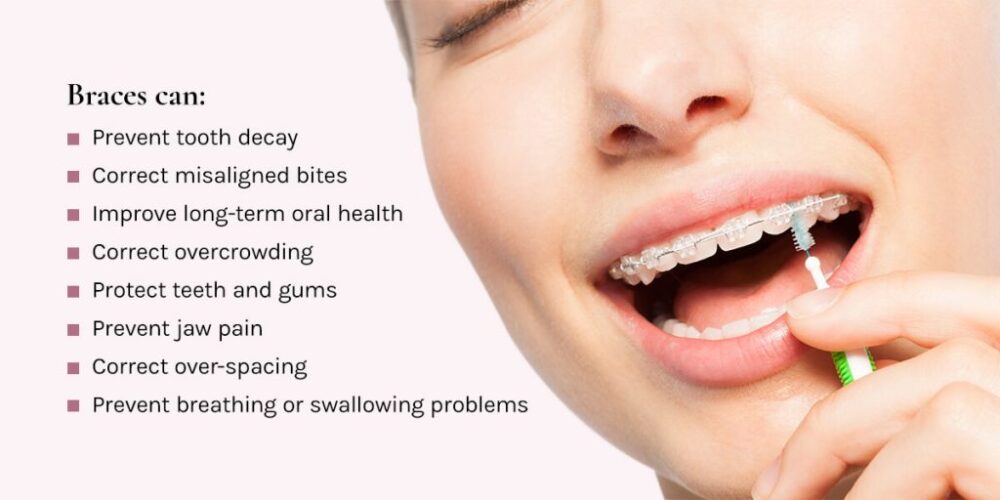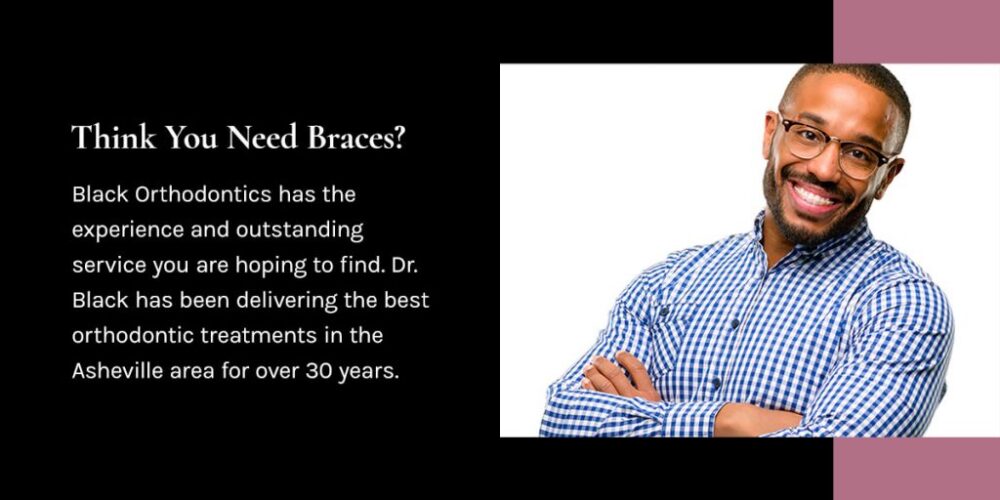While most people associate braces with children and teens, adults have them too. An estimated 1.61 million adults received orthodontic treatment in 2018, and you are never too old for treatment. Generally, your dentist refers you to an orthodontist, but you can also schedule a consultation with one if you feel like you need braces.
Braces treat many different conditions, and there are usually signs that you or your child would benefit from them. This article will review what makes braces necessary, the signs that you or your child might need braces and the other conditions orthodontists treat.

Are braces necessary?
Many people know braces straighten teeth, but they do more than that. You can get braces to correct and treat many orthodontic conditions before they lead to severe problems. Braces can:
- Prevent tooth decay: You can floss and brush areas you couldn’t reach before. Cleaning all of your teeth prevents them from becoming susceptible to tooth decay.
- Correct misaligned bites: Braces correct and align overbites, underbites and crossbites. Correcting these conditions prevents excessive wear on the teeth’s surfaces.
- Improve long-term oral health: Since braces allow you to brush and floss more easily, your teeth become less prone to tartar and plaque buildup, which can help prevent periodontal disease and improve oral health.
- Correct overcrowding: Any crowding issues can cause misalignment and oral health problems.
- Protect teeth and gums: A misaligned bite can cause fillings, crowns and teeth to damage or break, which may lead to pain and unhealthy gums.
- Prevent jaw pain: Bites that are misaligned can cause headaches, fatigue, muscle spasms, sinus pain or lockjaw by making the jaw work harder than necessary.
- Correct over-spacing: Braces correct over-spacing issues caused by injury, tooth decay, natural spacing issues or small teeth.
- Prevent breathing or swallowing problems: Misaligned teeth can cause snoring and sleep disorders.
The main reason to get braces is that they offer many oral health benefits. They can help children, teens and adults achieve a healthier smile!
Signs you need braces
The signs that you should get braces vary based on dental health and age. You may want to consider braces if you:
- Have crooked or crowded teeth. Adults who had braces as children can still experience crowded teeth.
- Frequently bite or cut your tongue on your teeth.
- Have difficulty brushing around and flossing between crooked teeth.
- Have difficulty pronouncing certain sounds because of the position of your tongue under your teeth.
- Have protruding teeth.
- Have an overbite or underbite.
- See gaps between your teeth.
- Experience muscle pain and headaches around your jaw.
- Hear popping or clicking noises in your jaw when you eat or first wake up.
- Notice misaligned teeth when your mouth is at rest.
Many options for adult braces exist. You can choose a nearly invisible corrective appliance, traditional metal braces, Damon System Braces and Lingual braces.
Signs your child needs braces
It can be more challenging to tell if your child needs braces, but there are still signs to look out for. Most children should see an orthodontist around seven years old. The orthodontist can tell whether your child will need braces or if there are any problems. The signs that your child might need braces are similar to the signs for adults and include the following:
- Mouth-breathing.
- Thumb-sucking or using a pacifier after two.
- Crowded or crooked baby or permanent teeth.
- Clicking or popping jaws.
- Losing baby teeth early or late.
- Gaps in between teeth.
- Frequently biting or cutting their tongue, the roof of their mouth or the inside of their cheek.
- Misaligned teeth when their mouth is closed.
Other conditions that orthodontists can treat
Orthodontists can treat many conditions, including crowding, gapping and spacing, overbites, underbites, crossbites and open bites.
Crowding
Crowded or crooked teeth are the most common condition orthodontists treat. If there isn’t enough space in your mouth for all your teeth, they will push against each and cause crowded or crooked teeth. As time passes, crowding worsens and may result in areas that are difficult to floss or brush. This increases the risk of developing gum disease, bad breath, tooth decay and chronic headaches.
Braces and aligners can treat crowded teeth. It is best to receive treatment early to prevent more severe problems.
Gapping and spacing
This condition is the opposite of crowding. Generally, gapping and spacing occur because of a missing tooth or teeth or due to a prominent jaw. It can cause issues when speaking or chewing and affects one’s appearance. Significant gaps can lead to infection, bad breath, gum tissue inflammation and plaque buildup.
Like crowding, braces and aligners correct gapping and spacing. They close the gaps by pushing the teeth into a more desirable position.
Overbites
An overbite occurs when the upper teeth overlap the bottom teeth. A deep overbite is when the upper teeth completely cover the lower teeth. Overbites affect chewing and facial appearance. They can cause hearing difficulties, temporomandibular joint disorder (TMJ), increased risk of injury to the front teeth, excessive wear on the lower teeth and gum recession.
Braces or aligners can treat it depending on the severity of the overbite.
Underbites
An underbite is the opposite of an overbite. Instead of the upper teeth covering the lower teeth, the lower teeth cover the upper. Underbites typically occur when your jaw is disproportionate. They can affect appearance and chewing and might lead to uneven tooth wear and chronic jaw pain. Orthodontists usually use braces to treat underbites.
Crossbites
Crossbites occur when the jaws are misaligned. They cause the upper teeth to sit behind the lower teeth and can affect one tooth or many. Crossbites can cause excessive teeth wear, increased gum recession and asymmetrical jaw growth without treatment. Braces or other orthodontic appliances can treat crossbites.
Open bites
An open bite occurs when your teeth don’t touch when you bite down. Untreated open bites can lead to difficulty eating food and speech problems. Different orthodontic appliances treat open bites.

Think you need braces?
If you or your child are experiencing any of the signs above or have concerns that you might need braces, then you should schedule an appointment with an orthodontist. It’s never too late to receive orthodontic treatment and obtain the smile you deserve. Early intervention is the key to preventing more severe problems from developing.
Black Orthodontics has the experience and outstanding service you are hoping to find. Dr. Black has been delivering the best orthodontic treatments in the Asheville area for over 30 years. He treats many orthodontic conditions to help you achieve the smile you’ve been wanting. Contact Black Orthodontics or book a free smile assessment today.
